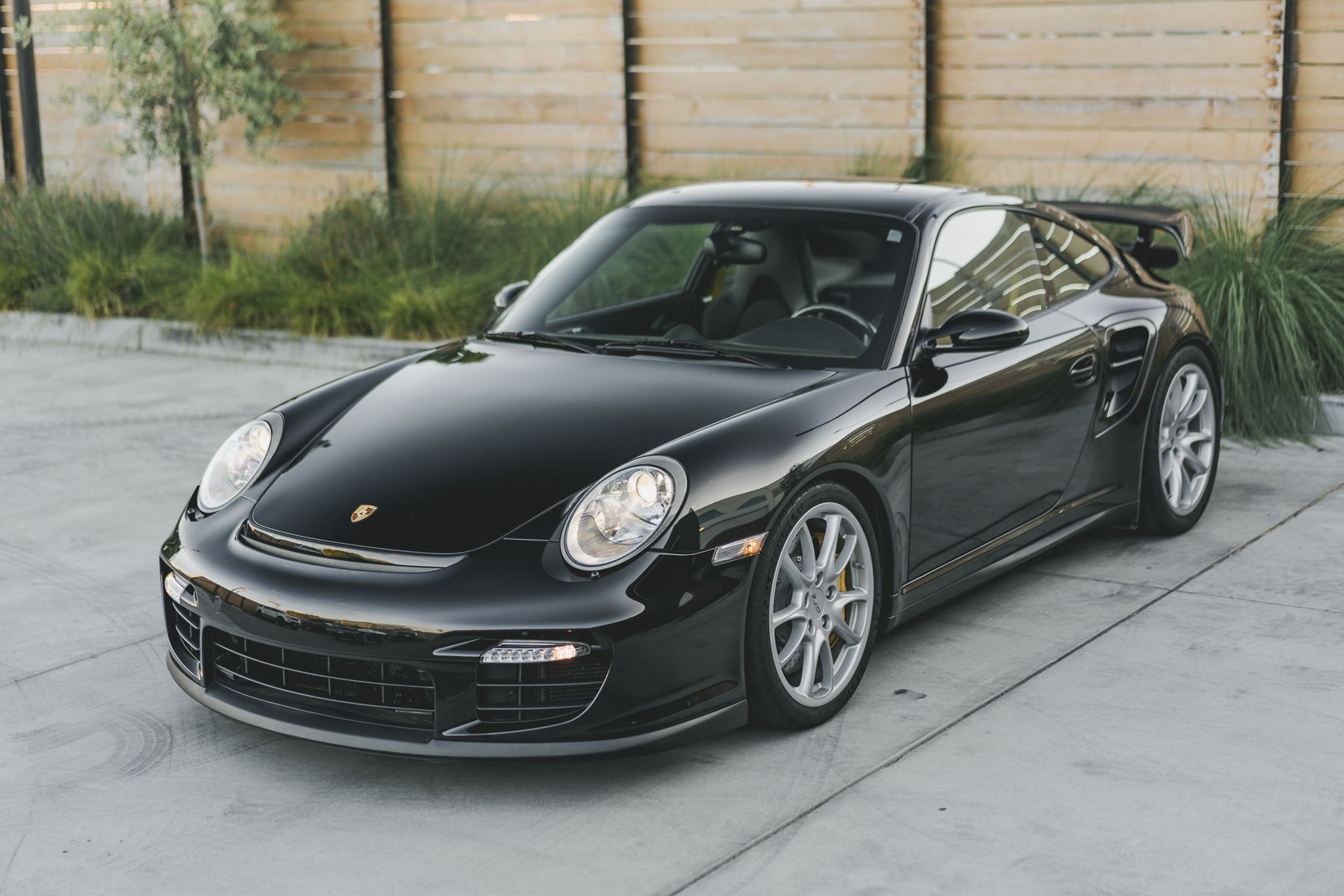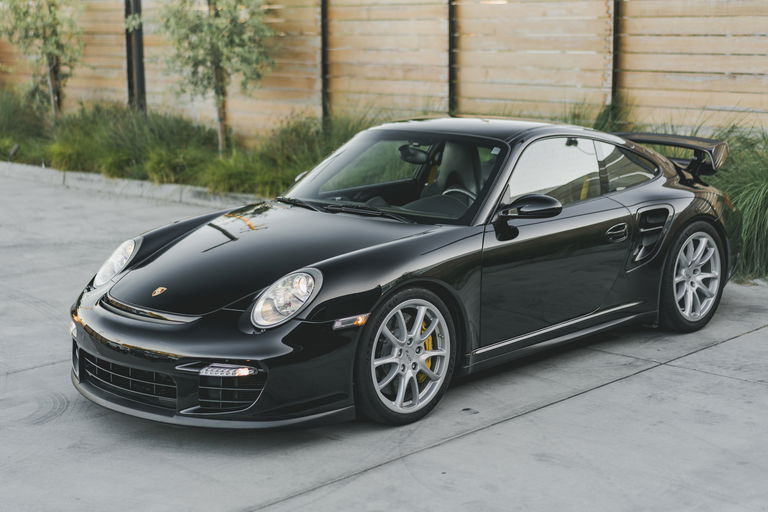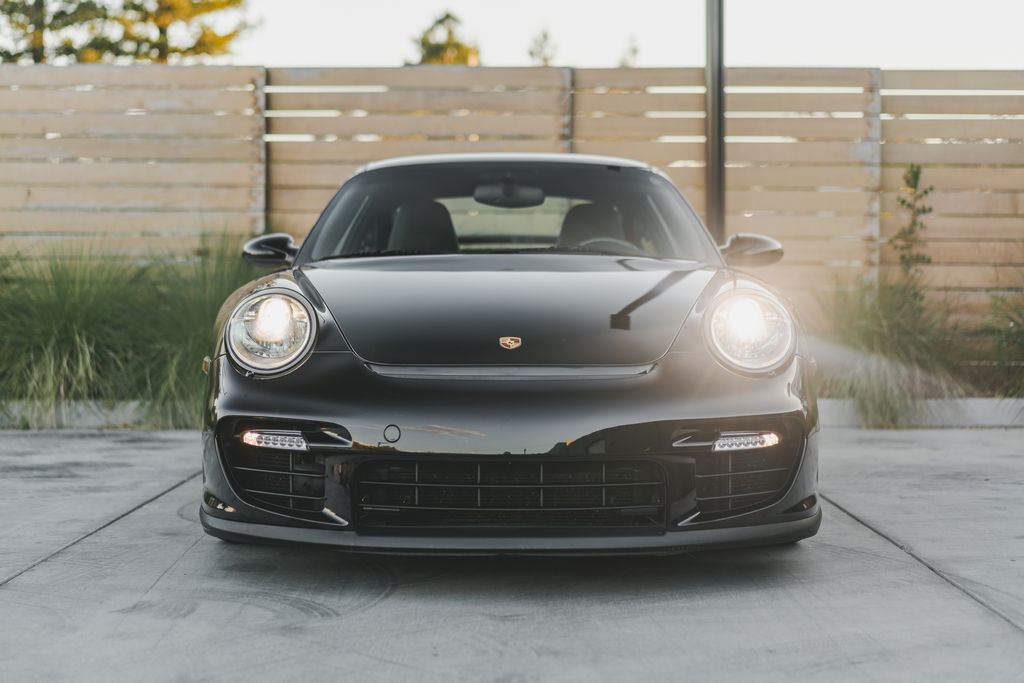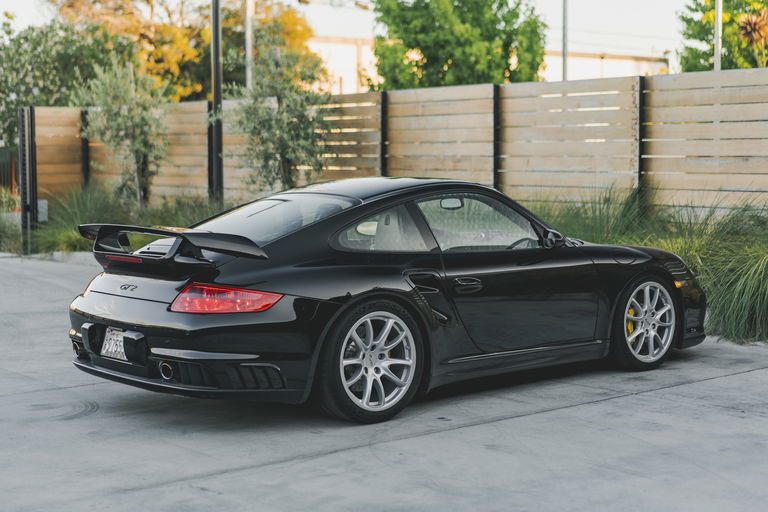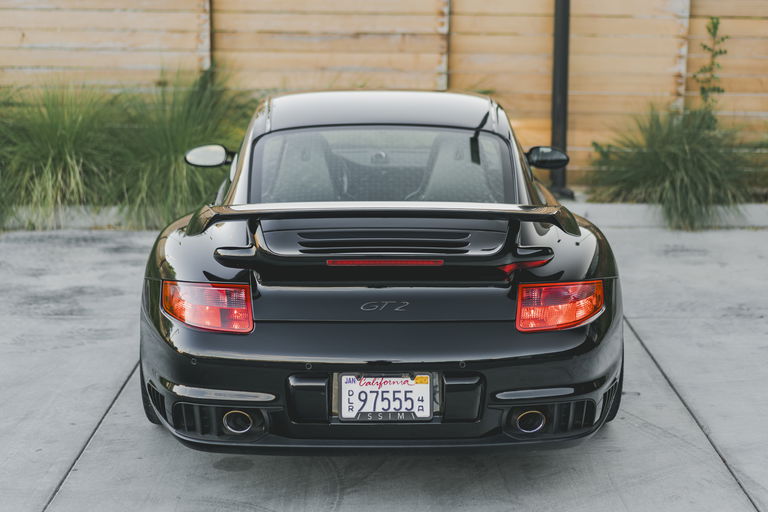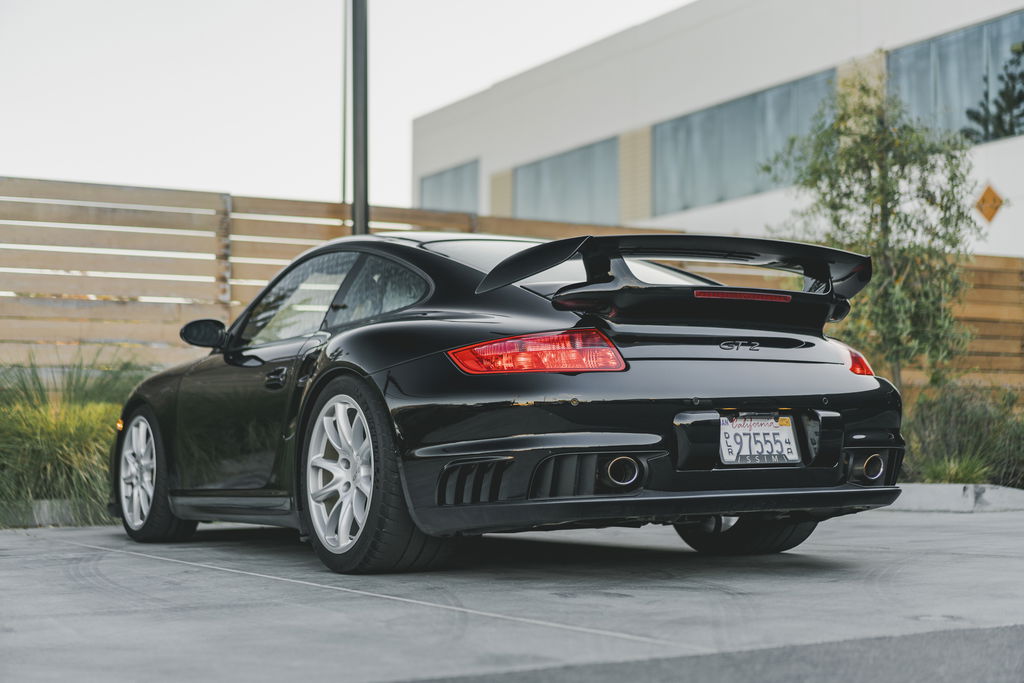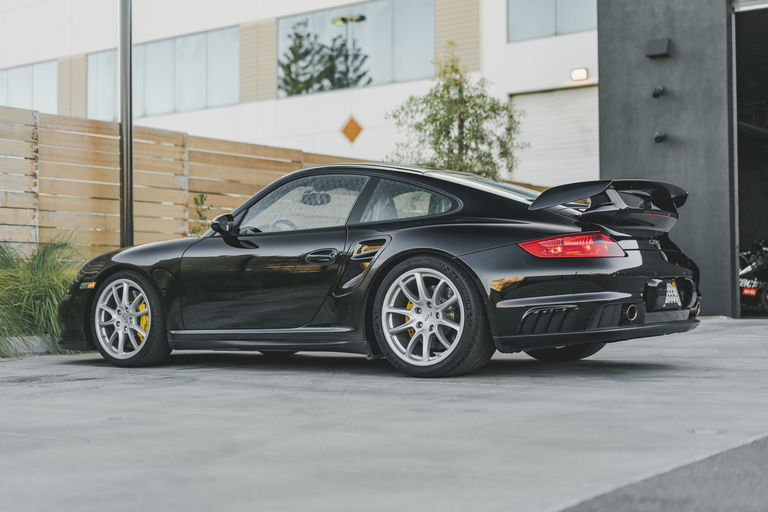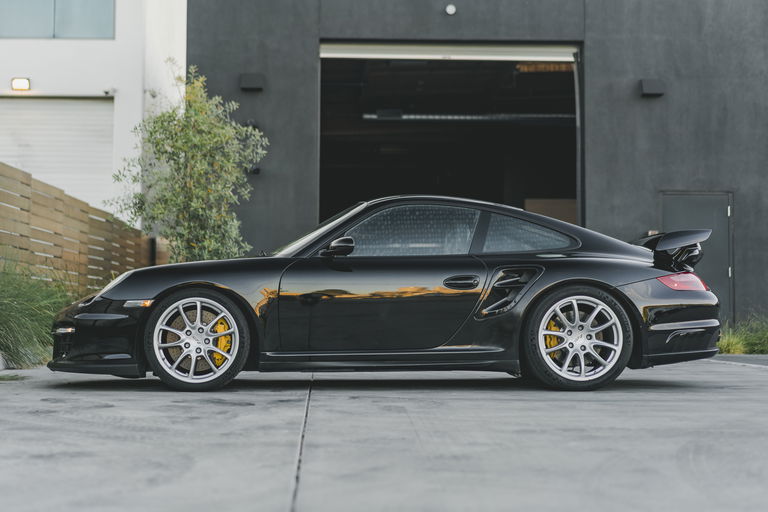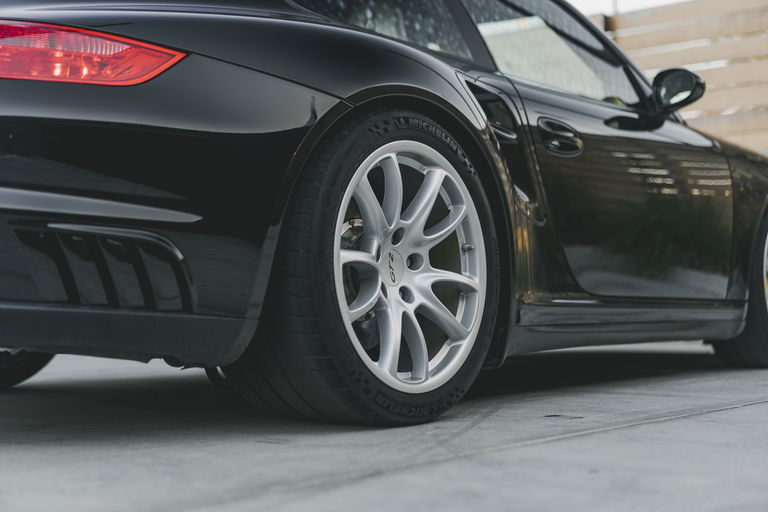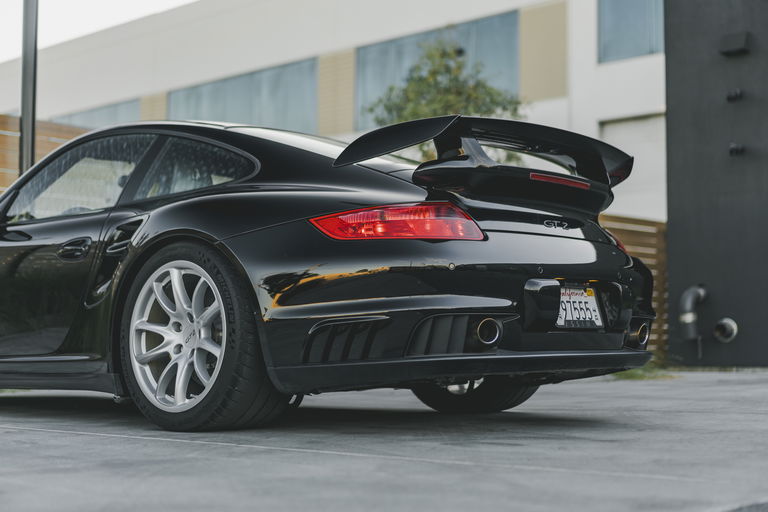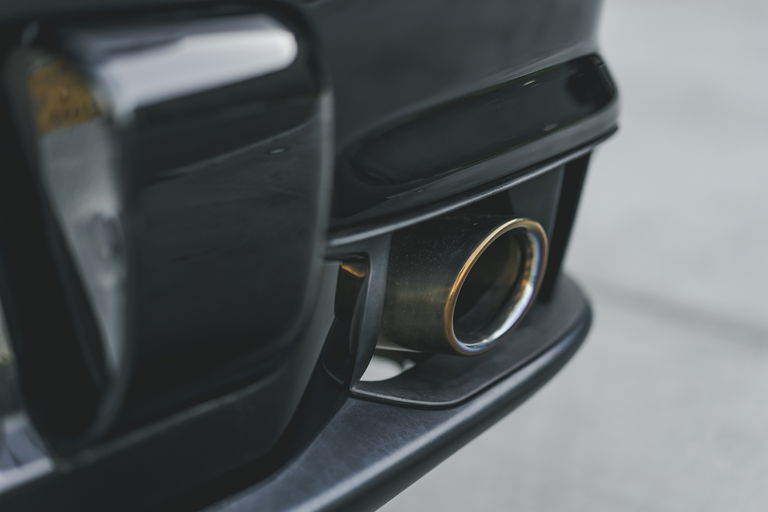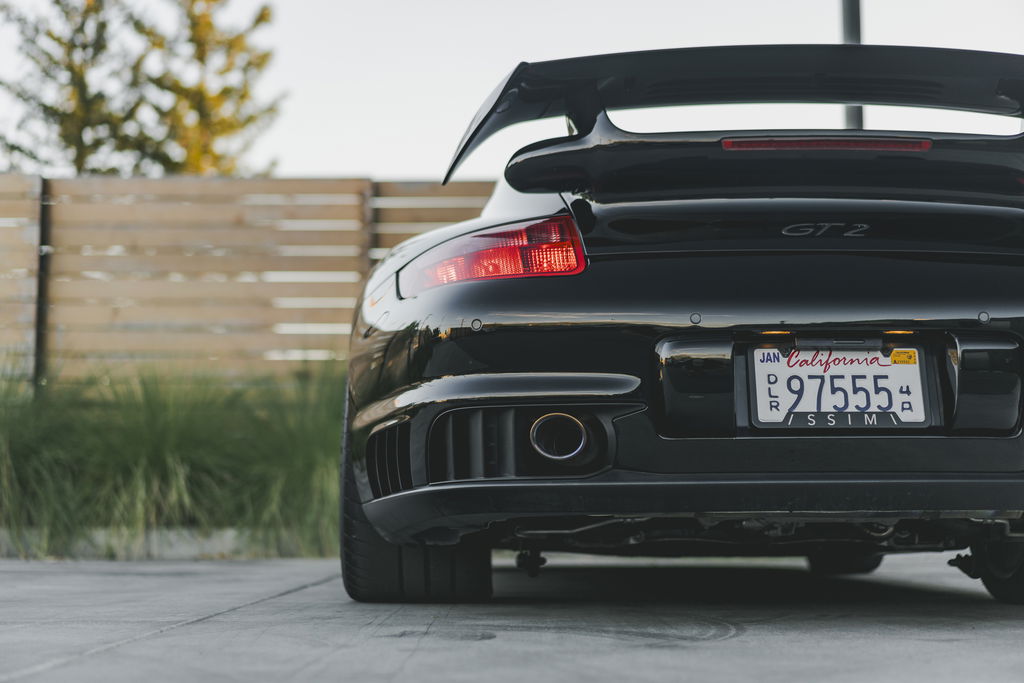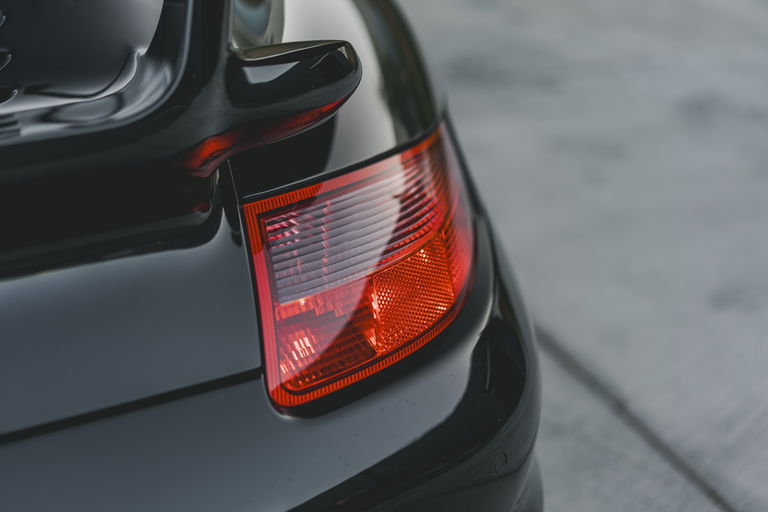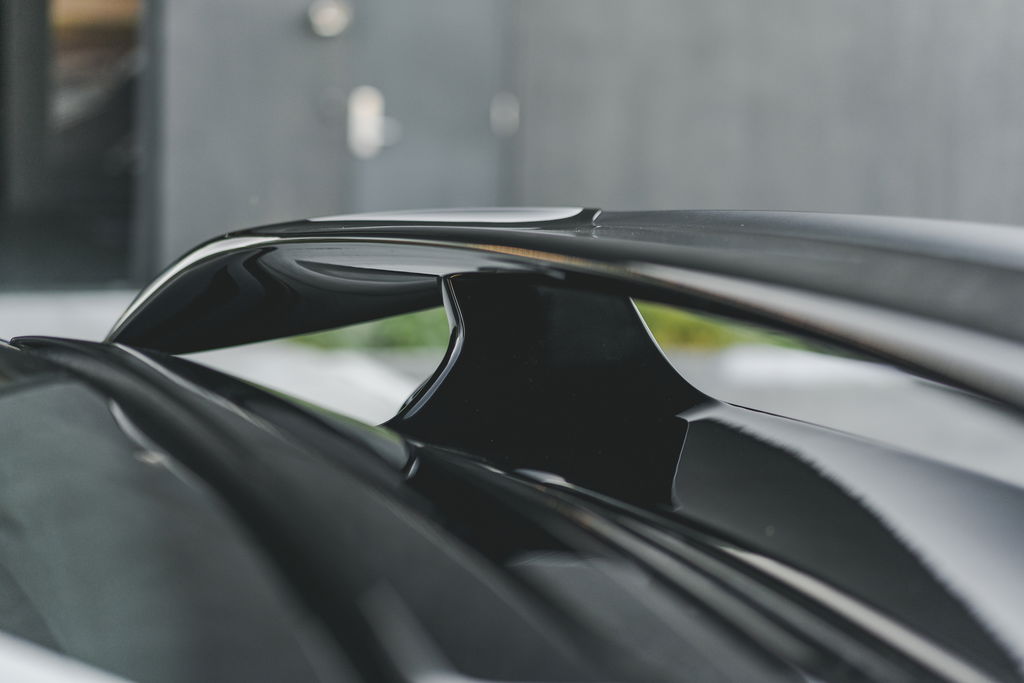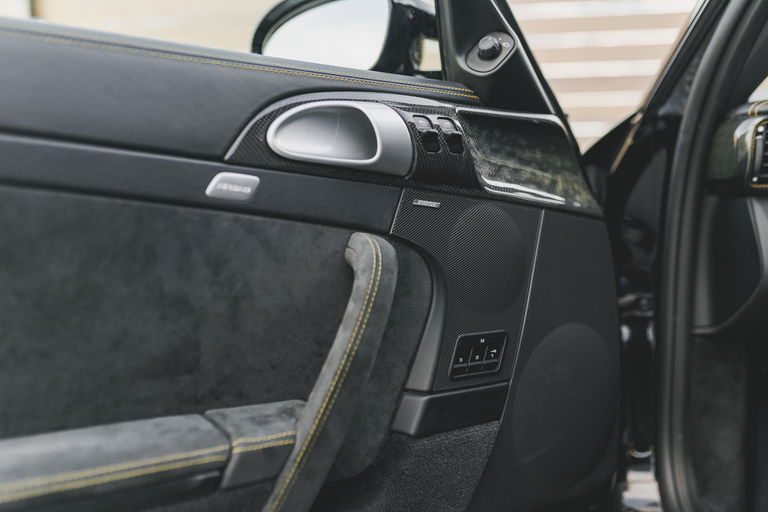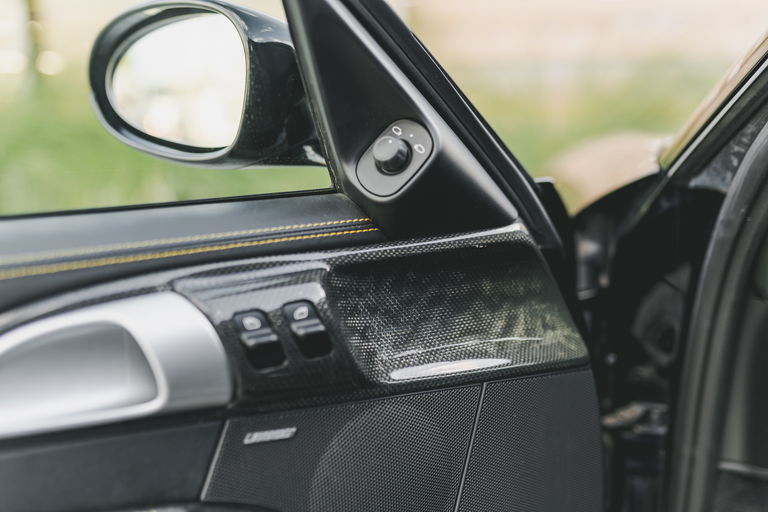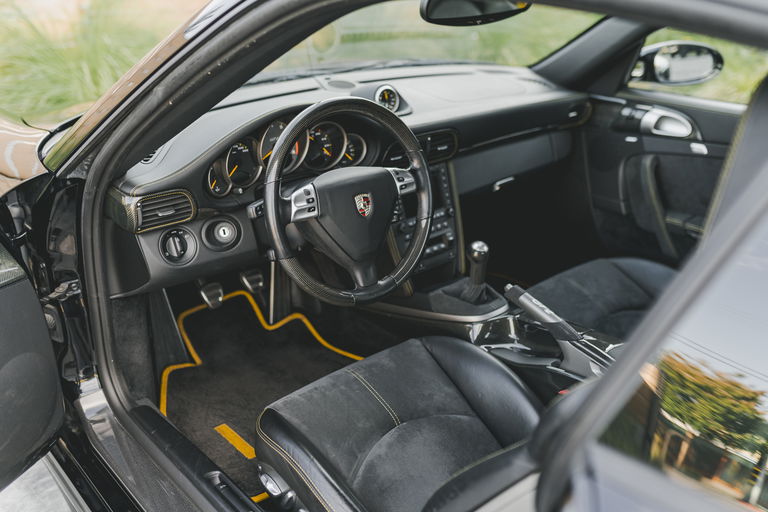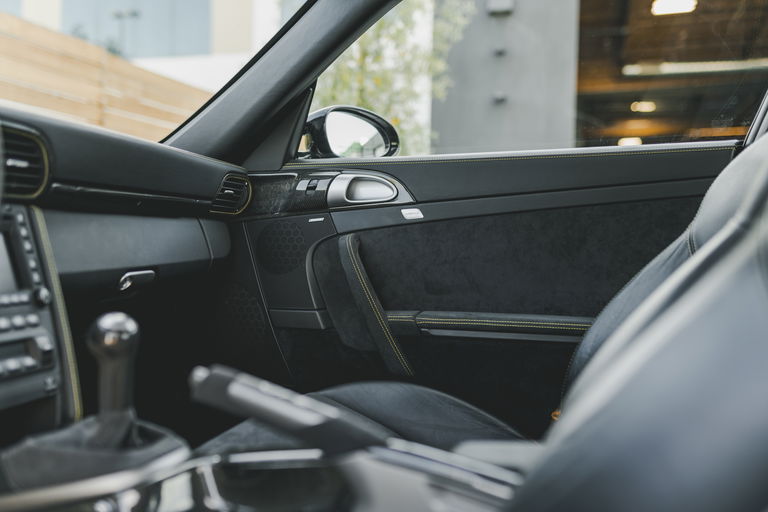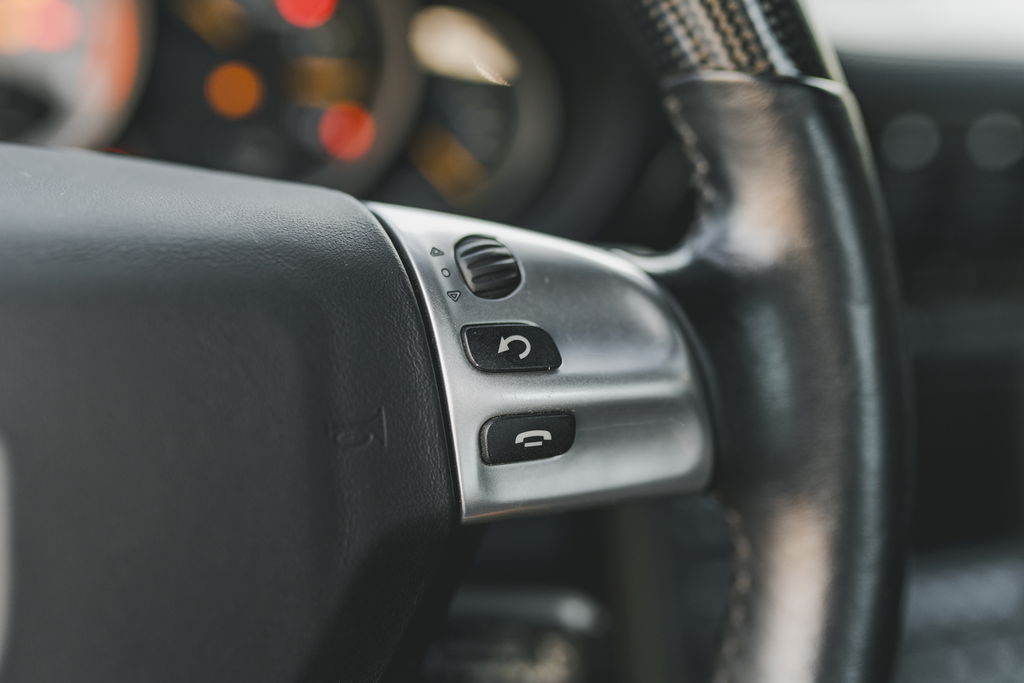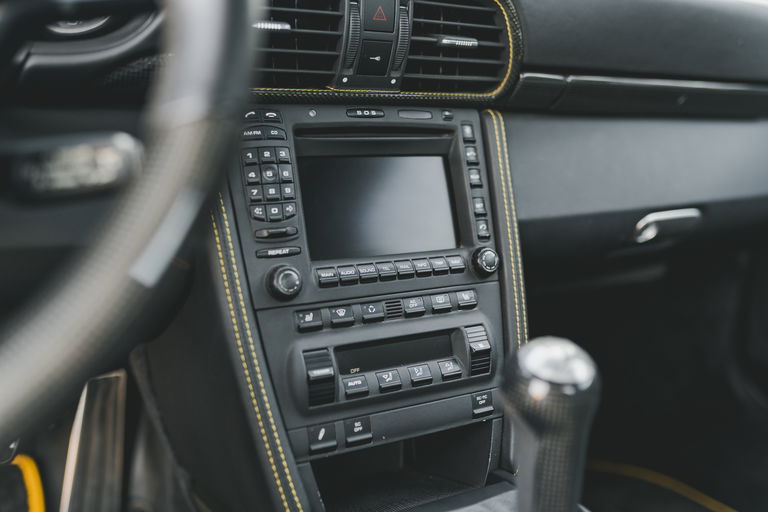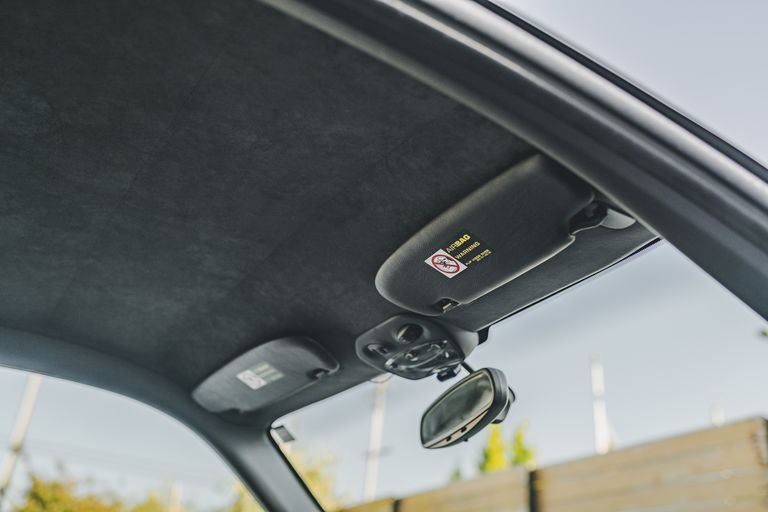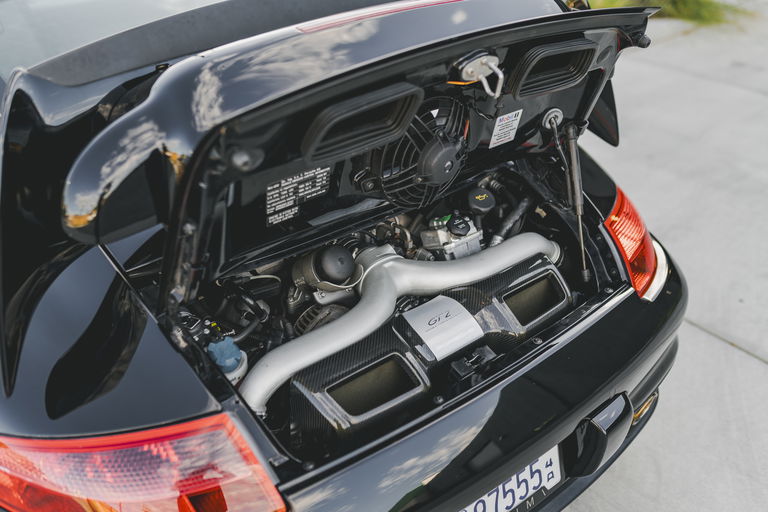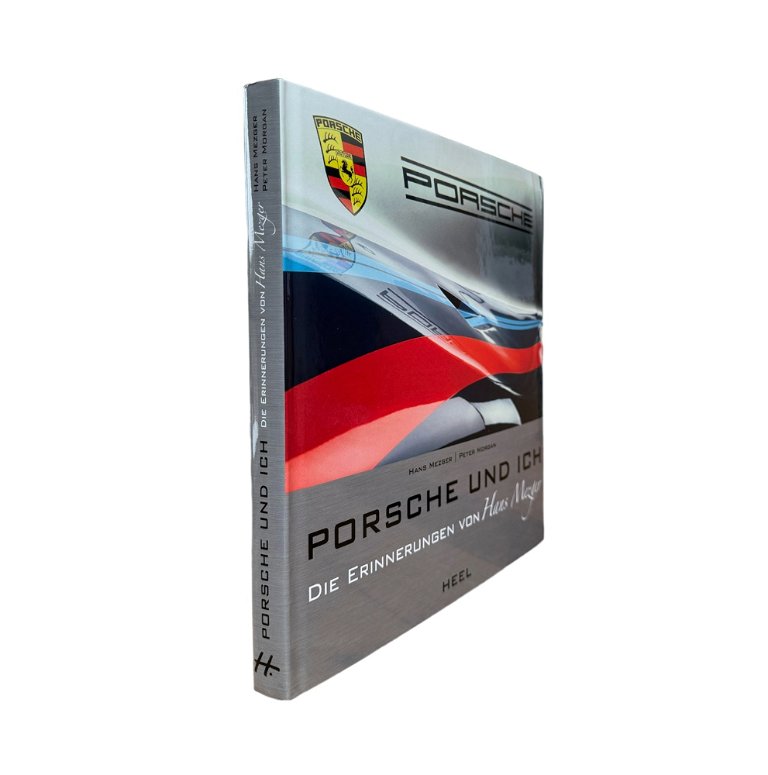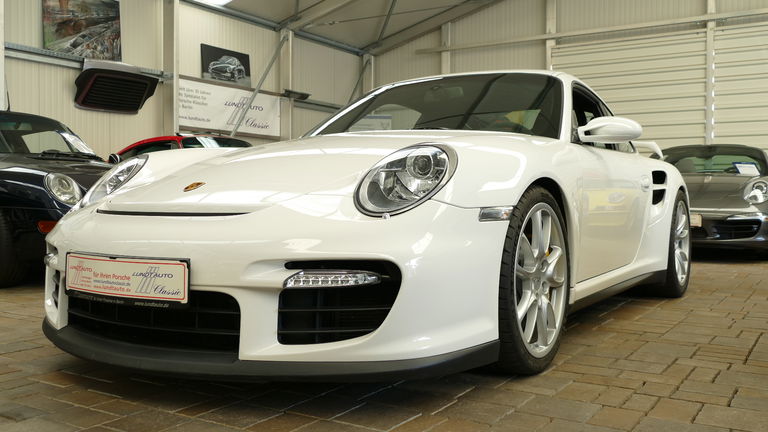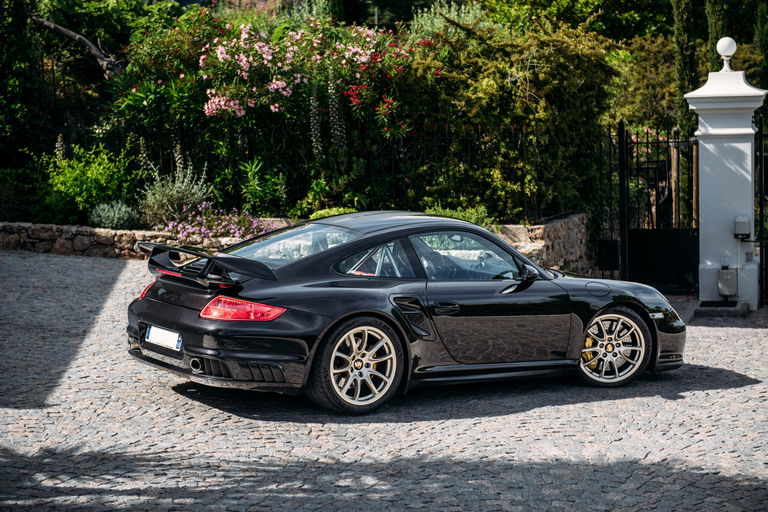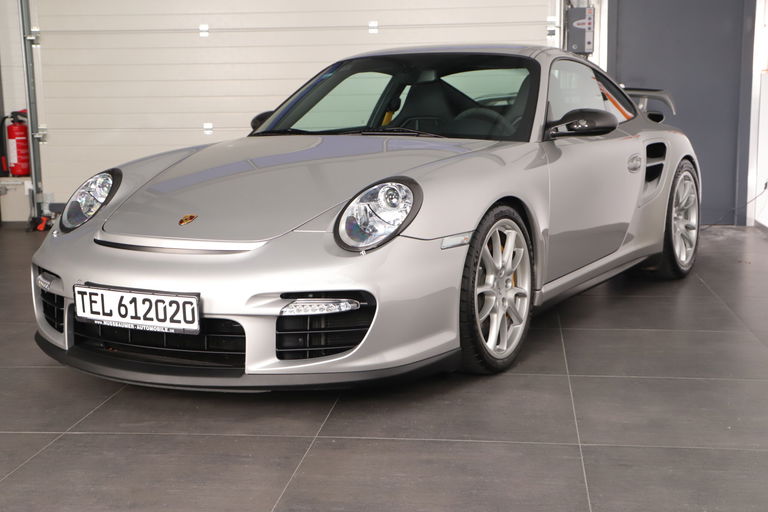Move inside the GT2, and if you have driven 997-generation 911s before, things will be very familiar. That being said, this car does benefit from a number of features that make the car feel as special as it truly is. Black leather wraps the dashboard, center console, and outer portion of the seats, while the centers, shift boot, and e-brake handle are all wrapped in Alcantara. Yellow contrast stitching is present throughout the car, including surrounding the air vents, PCM module, and once again, on the seats. The steering wheel, GT2 sill plates, HVAC vents, and gearshift knob are made of gloss carbon fiber which gives the interior a far more sporty look and were not commonly selected on other 997s- likely due to the cost when new. The original owner of this car made the wise selection of foregoing the hardback sport bucket seats, in favor of 18-way power units that are both extremely comfortable and fit a wide array of drivers comfortably. As with the GT3, all GT2s came with a rear seat delete from the factory, which both saves weight, and gives you quite a bit of additional storage capacity.
The GT2 is powered by a 3.6-liter Mezger flat-6 with twin variable geometry turbochargers, which produces 523 horsepower and 502 lb-ft of torque. Compared to the naturally aspirated GT3, this is an increase of more than 100 horsepower and over 200 lb-ft of torque. This power is sent to the rear wheels via a 6-speed manual transmission. Period road tests observed the GT2 sprinting from 0-60 mph in just 3.3 seconds and the ¼ mile was completed in just 11.3 seconds at 129.1 mph.
When people talk about the GT2, terms like widowmaker are thrown around quite a bit and, although this is a 911 that has the potential to bite back if you don’t treat it with respect, it shouldn’t be a car you fear driving. Instead, you should appreciate it for what it is- the fastest analog driving experience from what many consider to be the greatest era of water-cooled 911s to come from Porsche. When you pair that with the fact that this car is far rarer in the United States than icons like the Carrera GT, it certainly makes an appealing proposition for a long-term hold that you can enjoy all the while.
The introduction of the 993 Turbo in 1995 was the dawn of a new era for the Porsche 911. Gone was the single-turbo, rear wheel drive excitement of the 930 and 964 Turbo, and in its place, smooth twin-turbocharged power and planted, confidence-inspiring all-wheel drive. These were all pluses from a usability standpoint, but the car left something to be desired for the driving purist. During the 993 generation, Porsche debuted a new model- the GT2- which combined all of the speed and power of a 993 Turbo with reduced weight and rear wheel drive for the ultimate air-cooled thrill ride. The GT2 was initially produced as a homologation car, but starting with the 996, it became more of a “full production” 911- albeit always in extremely small numbers. With the introduction of the 997 in 2005, the GT2 variant was shown two years later at the 2007 Frankfurt Motor Show. At the time, it was the fastest production 911 and one of only three roadgoing production Porsches with a top speed in excess of 200 mph.
Weiterlesen
